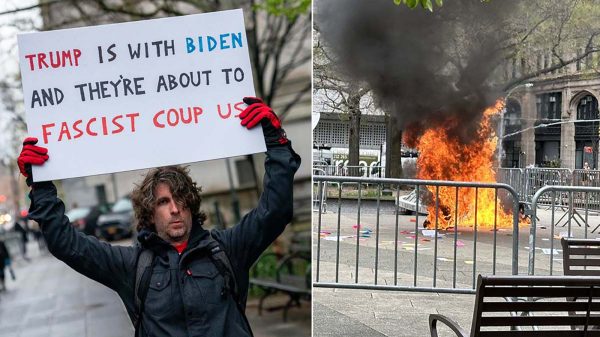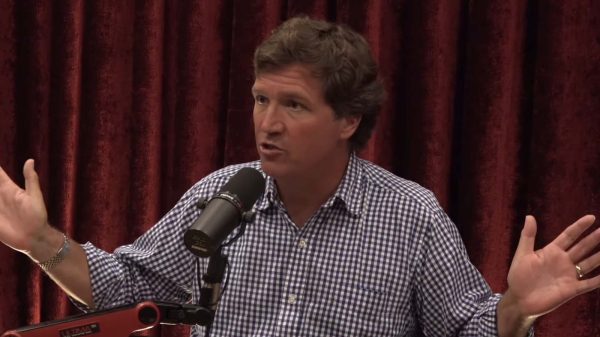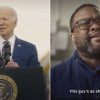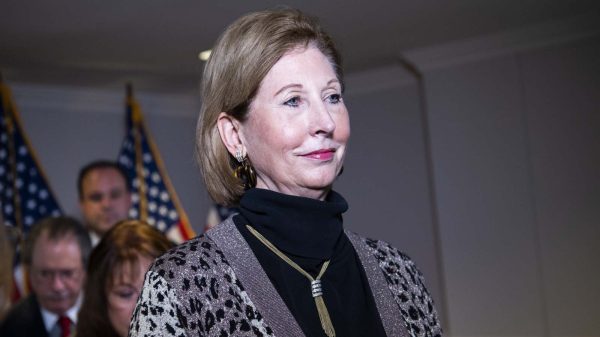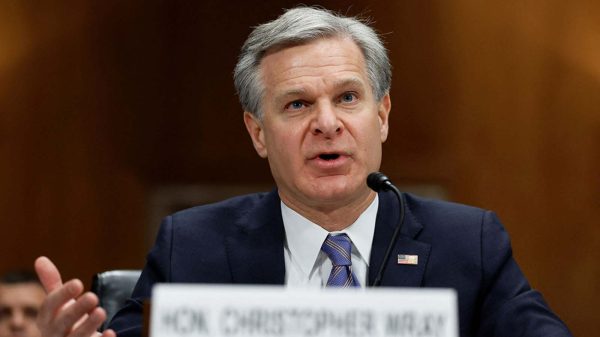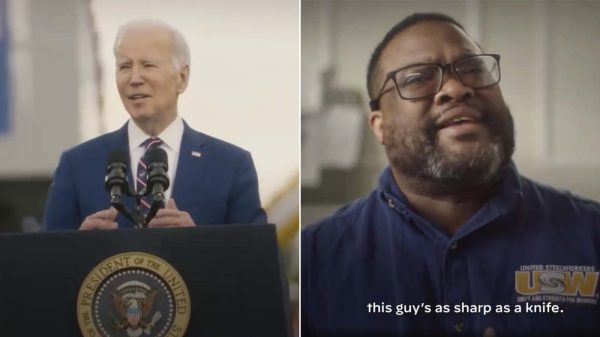A group of commercial fishing companies soon will have the opportunity to persuade the Supreme Court of the United States to do what big business has failed to achieve for decades: to drive a hole in the federal regulatory apparatus that could affect a broad swath of American lives.
Business, conservative, and libertarian organizations, some academics and others have argued for years that the so-called regulatory state (federal agencies that issue and enforce rules and regulations) has ballooned beyond reason and accountability. A major culprit, they argue, is a 1984 Supreme Court decision, Chevron v. Natural Resources Defense Council.
The justices this week agreed to hear arguments in a new case, Loper Bright Enterprises v. Raimondo, Secretary of Commerce, and to decide whether to overrule the nearly 40-year-old Chevron precedent. Without the Chevron decision, businesses believe they will have better odds of winning their challenges to agency rules in the courts. The case will likely be heard during the court’s next term.
The Challenge at the Court
The Loper case began in 2020. A collection of commercial fishing companies headquartered in southern New Jersey had permits to fish in the Atlantic herring fishery. It challenged a rule issued by the National Marine Fisheries Service (NMFS), an agency that derives its authority from the Magnuson-Stevens Fishery Conservation and Management Act. Congress enacted the Magnuson-Stevens law in response to overfishing of fisheries off the coast of the United States.
Under the act, the Secretary of Commerce is required to develop a comprehensive fishery management program. The act also creates eight regional fisheries management councils to advise the secretary on the development of programs. The regional councils have discretion to propose appropriate plans for given fisheries. The NMFS now exercises the secretary’s authority, by delegation, to approve and enforce plans under the act.
The high court case involves the act’s requirement for the collection of scientific data as the basis for management plans. To that end, the act provides that a fishery management plan approved by the secretary may “require that one or more observers be carried on board” any domestic vessel “engaged in fishing for species that are subject to the plan.” There are exceptions if carrying an observer, for example, would jeopardize the health and safety of others or the safe operation of the vessel.
The New England Fishery Management Council in 2017 proposed an industry-funded monitoring program in the Atlantic herring fishery. The NMFS approved the plan and issued final regulations in 2020 to implement it. The plan establishes a “coverage target” for the Atlantic herring fishery of having industry-funded monitoring on 50 percent of declared herring fishing trips by certain categories of vessels. The vessel owners who are selected must arrange for monitoring by an observer from a monitoring service approved by the NMFS and pay the provider for services on a given trip. The NMFS pays administrative costs of the program.
The fishing companies say the NMFS has estimated that “industry’s cost responsibility associated with carrying an at-sea monitor” is “$710 per day.” On an annual basis, the program is estimated to “reduce” returns-to-owner by “approximately 20 percent.”
In their initial lawsuit, the four fishing companies argued that there was nothing in the Magnuson-Stevens Act that authorized the NMSF to require industry-funded monitoring in the herring fishery. The district court and a divided panel of the U.S. Court of Appeals for the District of Columbia disagreed. They based their rulings on their application of the Chevron decision in 1984.
The Chevron Deference Question
The Chevron deference doctrine basically says that courts should defer to an agency’s reasonable interpretation of the ambiguous statute that it administers.
The Chevron decision, authored by the late Justice John Paul Stevens, sets out a two-part test for courts when reviewing an agency’s interpretation. First, courts ask if Congress has “directly spoken to the precise question at issue?” If a court, using traditional tools of statutory construction, determines that Congress’ intent was clear, that intent must be given effect. But if a law is silent or ambiguous, a court must decide whether an agency’s action is based on a permissible interpretation of the statute, and if it is, that court must defer to the agency.
The lower courts ruled that provisions in the Magnuson-Stevens Act did contemplate observers on board the fishing vessels, but the statute was not unambiguous on the question of whether the NMSF could require the industry to pay the costs of at-sea monitoring. The appellate court, applying Chevron’s step two, ruled that the NMSF’s interpretation of the statute was a “reasonable” way of resolving the “silence on the issue of cost of at-sea monitoring.”
At the Supreme Court, the fishing companies argue that silence is not ambiguity. The act specifically provides for industry-funded monitoring in three circumstances, but the herring fishery was not one of the three. Since Congress knew how to be specific in those three circumstances, presumably it would have included the herring fishery if it intended it.
As for Chevron, “Lower courts see ambiguity everywhere and have abdicated the core judicial responsibility of statutory construction to executive-branch agencies,” the companies argue. “The exponential growth of the Code of Federal Regulations and overregulation by unaccountable agencies has been the direct result.”
The Biden administration counters that a number of the act’s provisions authorize the NMFS to adopt a requirement that the vessel owner or operator hire a monitor to provide onboard data collection on covered trips. As for overruling Chevron, the administration argues that the companies “have not carried their burden of demonstrating any special justification that could plausibly warrant such a departure from stare decisis principles, and this case would be an unsuitable vehicle for reconsidering Chevron in any event.”
Stare decisis is the concept that the court should adhere to the principles of its prior precedents when considering a case with arguably similar facts
Chevron’s Critics
Three justices have been critical of Chevron in recent years. In 2015 in Michigan v. EPA, Justice Clarence Thomas wrote that Chevron’s deference to agencies “wrests from the Courts the ultimate interpretative authority ‘to say what the law is’ and hands it over to” the executive branch. In a 2022 dissent in Buffington v. McDonough, Justice Neil Gorsuch argued that the court “should acknowledge forthrightly that Chevron did not undo, and could not have undone, the judicial duty to provide an independent judgment of the law’s meaning in the cases that come before the Nation’s courts.” And when he was a judge on the D.C. Circuit, Brett Kavanaugh was an outspoken critic of the doctrine
In a 2017 speech, Justice Samuel Alito said the result of Chevron deference has been “a massive shift of lawmaking from the elected representatives of the people to unelected bureaucrats.” And Chief Justice John Roberts Jr. has said, “The Framers could hardly have envisioned today’s ‘vast and varied federal bureaucracy’ and the authority administrative agencies now hold over our economic, social, and political activities.” But neither justice has called for overruling Chevron.
Chevron has its defenders as well. They argue that agencies have greater knowledge than judges of the often complex statutes that they administer and because of that, they are better able than judges to make policy choices. And bottom line is that Congress has delegated authority to agencies to enact rules and regulations.
More than a dozen friend-of-the-court briefs were filed on behalf of the fishing companies urging the justices to take the case. That number is a sign of how significant the case could be. The briefs are from other fishing companies, conservative and libertarian legal organizations, and anti-abortion, religious and anti-union groups, among others.
What’s At Stake
The Roberts Court in recent decisions has avoided applying Chevron deference and instead has relied on those traditional tools of statutory interpretation to answer challenges to agency rules. It also has adopted the so-called “major questions doctrine” which requires explicit congressional authorization of rules or regulations on matters of “vast economic or political significance.”
If all this sounds “wonky,” well, it is. But “wonky” doctrines like Chevron, standing, stare decisis and others have practical ramifications, considering the rejection of stare decisis and the continuing repercussions in the overruling of Roe v. Wade.
Chevron has been called a key underpinning of the modern regulatory state. Whether it will continue to have that role as agencies regulate to safeguard consumer products, the air we breathe, the water we drink and countless other aspects of our lives, may depend on the fishing companies’ challenge.
Marcia Coyle is a regular contributor to Constitution Daily and PBS NewsHour. She was the Chief Washington Correspondent for The National Law Journal, covering the Supreme Court for more than 30 years.

